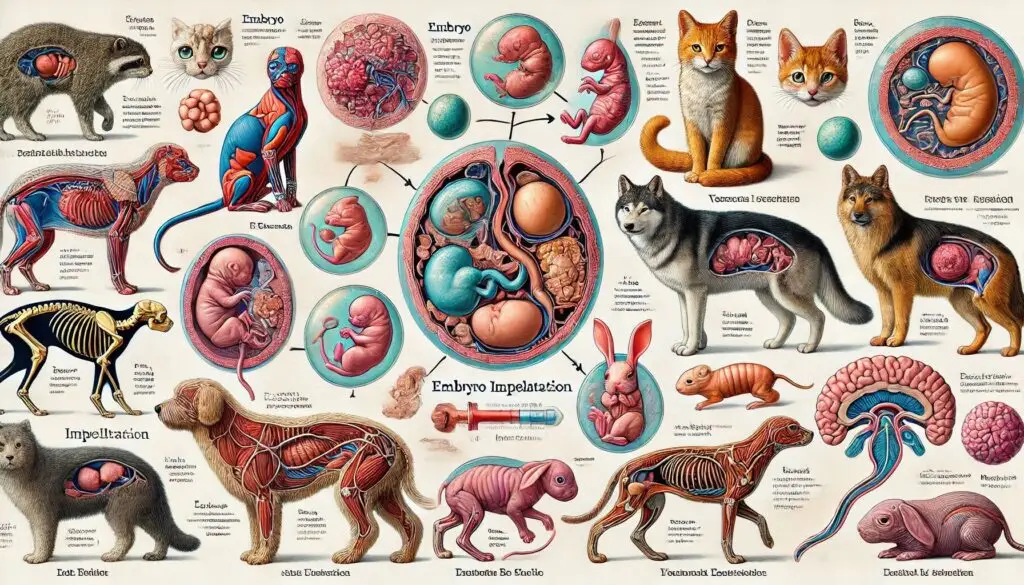Organogenesis

What is Organogenesis?
Organogenesis refers to the phase in embryonic development when cells differentiate to form organs. This process follows gastrulation, where the three germ layers emerge. Each layer has a unique role in developing various structures in the body.
The Three Germ Layers
- Ectoderm: This outer layer develops into the skin, hair, nails, and nervous system. For more details on ectoderm development, visit Nature Reviews Molecular Cell Biology.
- Mesoderm: The middle layer forms muscles, bones, and circulatory systems. It also gives rise to organs such as the heart and kidneys. For insights into mesodermal differentiation, check out Developmental Biology.
- Endoderm: The innermost layer creates the lining of the digestive tract and respiratory systems. It also produces organs like the liver and pancreas. To learn more about endodermal development, refer to Cell.
The Process of Organogenesis
Stages of Organogenesis
Organogenesis involves several stages:
1. Induction
Induction is when one group of cells influences another group to differentiate into specific cell types. This communication often occurs through signaling molecules.
2. Patterning
During patterning, cells receive signals that guide their development into specific structures. This process ensures that organs form in the correct locations.
3. Morphogenesis
Morphogenesis involves changes in cell shape and organization to form tissues and organs. Cells migrate and rearrange themselves to create complex structures.
4. Differentiation
Differentiation is when cells become specialized for particular functions. For example, muscle cells develop different characteristics than nerve cells.
Signaling Pathways in Organogenesis
Several signaling pathways regulate organogenesis:
- Wnt Signaling: This pathway plays a critical role in cell proliferation and differentiation during organ development.
- Notch Signaling: Notch signaling helps determine cell fate by influencing how cells interact with one another.
- Hedgehog Pathway: This pathway is essential for limb and organ patterning.
For a deeper understanding of these pathways, consider reading Cell Signaling Biology.
Variability Among Vertebrates
Organogenesis varies significantly among vertebrate groups due to evolutionary adaptations.
Amphibians
In amphibians like frogs, organogenesis can be influenced by environmental factors since they undergo metamorphosis from aquatic larvae to terrestrial adults. For more on amphibian development, see Journal of Experimental Biology.
Birds
Birds exhibit unique patterns during organ development due to their egg-laying reproductive strategy. The yolk provides nutrients necessary for growth during early stages. Explore bird embryology further at The Auk.
Mammals
Mammals have a more complex internal organ development process because they nurture their young internally. The interaction between maternal tissues and the developing embryo is vital here. For insights into mammalian organogenesis, visit Developmental Dynamics.
Importance of Organogenesis
Understanding organogenesis is crucial for several reasons:
1. Developmental Biology Research
Studying organogenesis helps scientists understand normal development processes and identify what goes wrong in congenital disorders.
2. Regenerative Medicine
Insights gained from organogenesis can aid regenerative medicine efforts by informing strategies for tissue engineering and stem cell therapy.
3. Evolutionary Biology
Comparative studies of organogenesis across species provide valuable information about evolutionary relationships and adaptations.
Challenges in Studying Organogenesis
Despite advances in technology, studying organogenesis presents challenges:
Ethical Considerations
Research involving embryos raises ethical questions about manipulation and experimentation on developing organisms.
Complexity of Processes
The intricate nature of signaling pathways makes it difficult to pinpoint exact mechanisms involved in organ formation.
Variability Across Species
Differences in developmental processes among species complicate generalizations about organogenesis.
Future Directions in Research
Researchers are exploring new methods to study organogenesis more effectively:
Advanced Imaging Techniques
New imaging technologies allow scientists to visualize cellular processes during development in real time.
Genetic Manipulation Tools
CRISPR and other genetic tools enable precise modifications to study gene functions during organ development.
Stem Cell Research
Stem cell research continues to uncover potential applications for regenerative medicine by mimicking natural organ formation processes.
Conclusion
Organogenesis is a fascinating and complex process that transforms simple embryonic cells into specialized organs through intricate signaling pathways and cellular interactions. Understanding this process enhances our knowledge of developmental biology and opens doors for advancements in medicine and evolutionary studies.
For further reading on related topics, you can explore additional resources such as:
More from Veterinary Anatomy:
Skin of Farm Animals





Responses